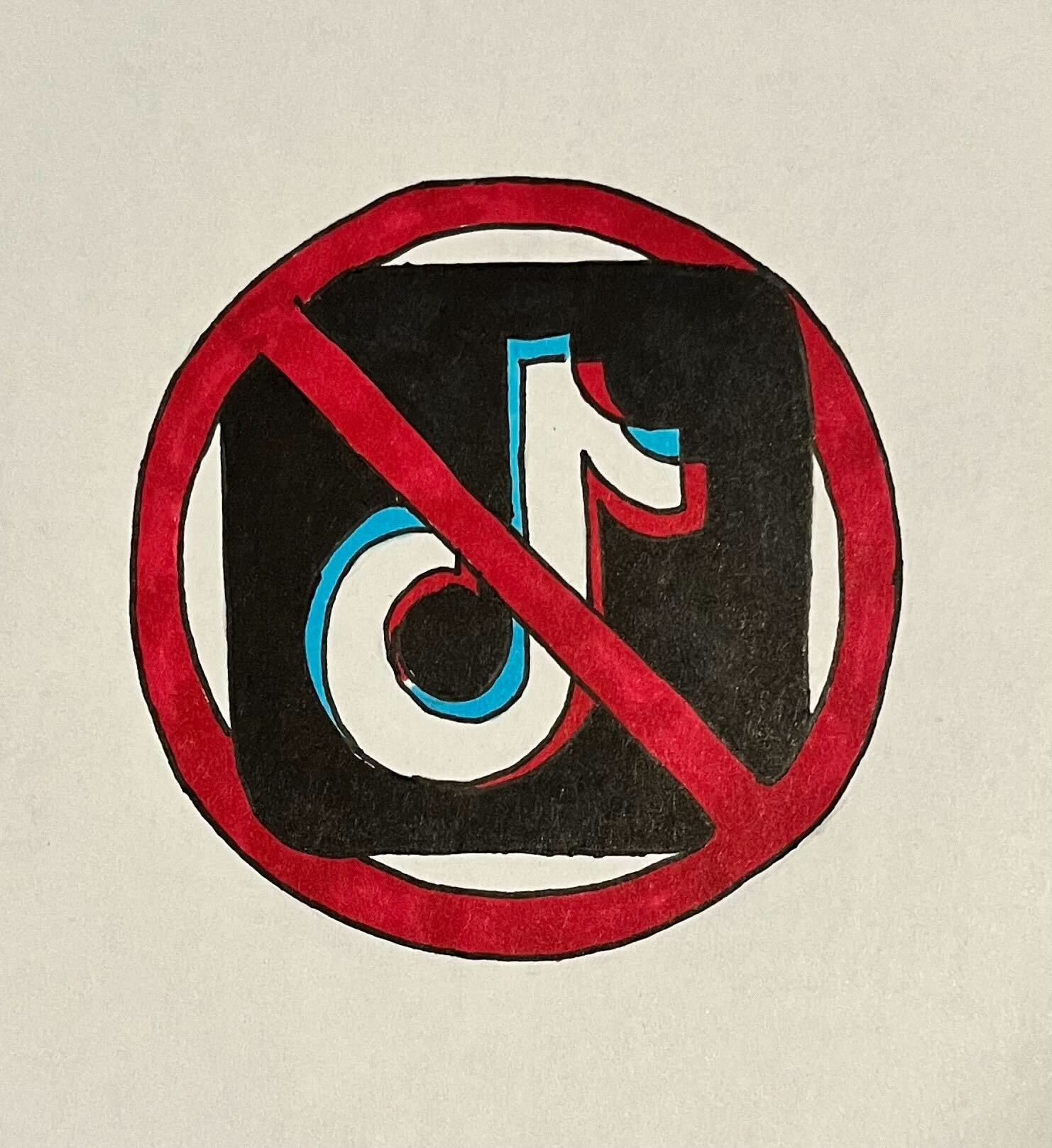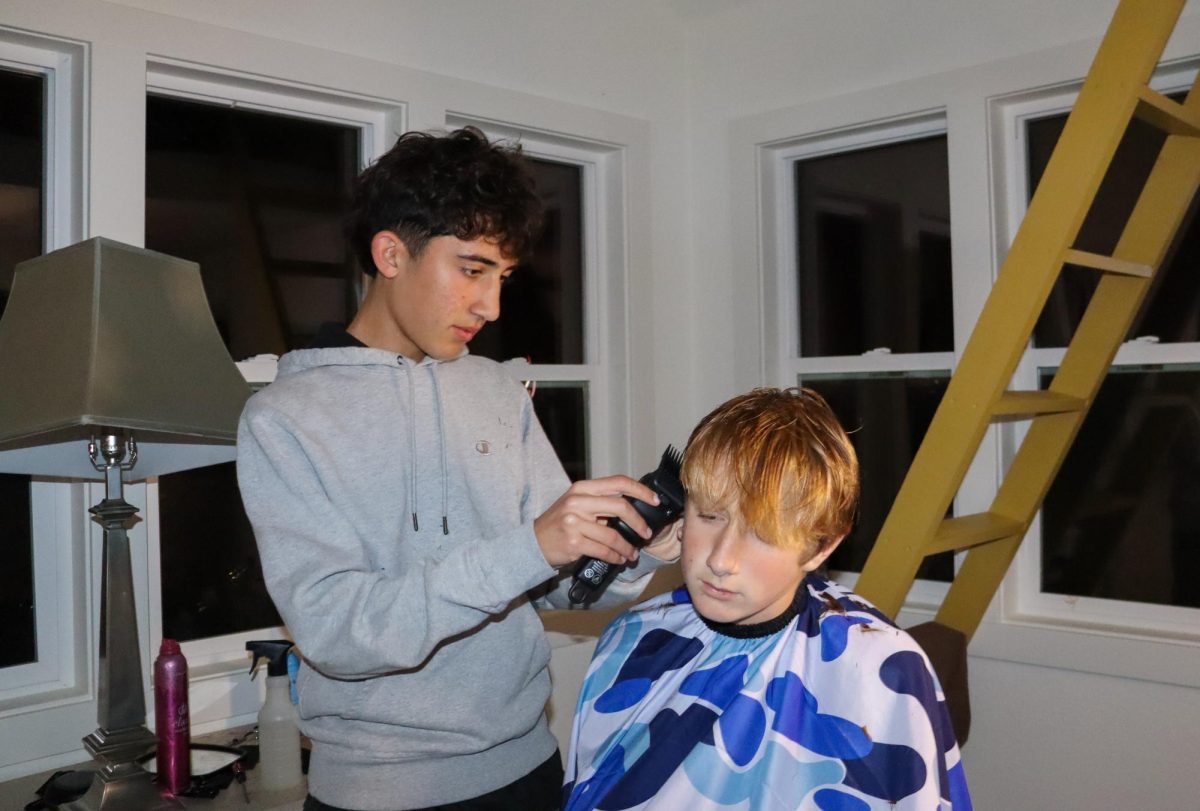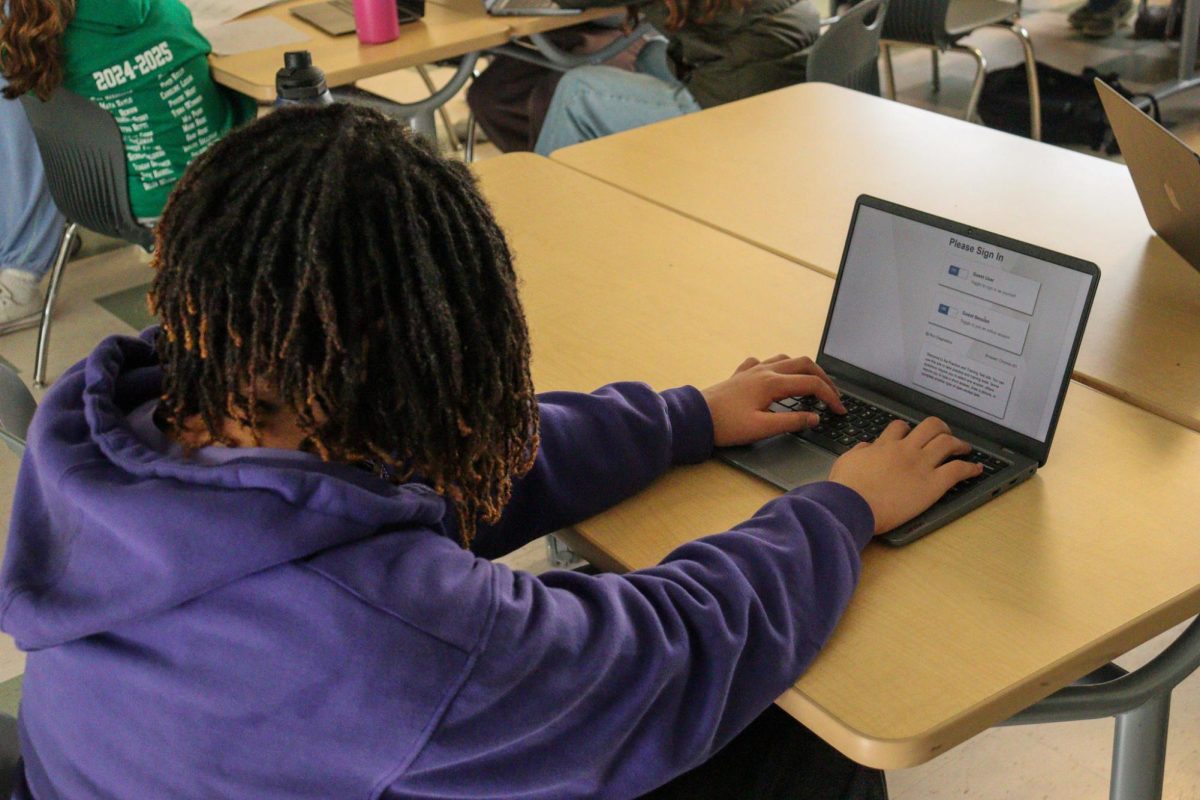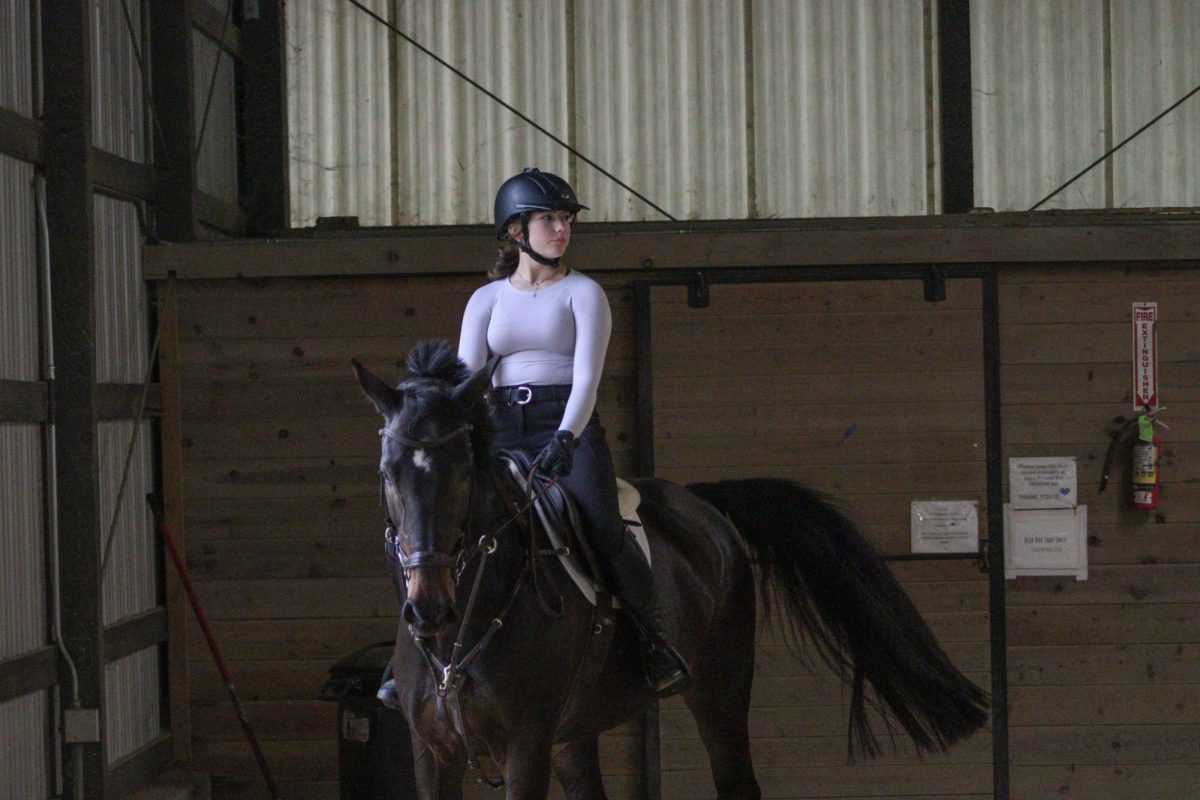In recent years, TikTok has grown to become one of the most widely used social media platforms, especially among teenagers. Launched in 2016, TikTok now has over a billion global users. However, TikTok recently became the center of multiple political debates over privacy and national security.
Over the years, the U.S. government has expressed concern over TikTok due to its ownership by ByteDance, a China-based company. Some U.S. officials fear this connection could give the Chinese government access to sensitive user data, including locations and browsing history.
Although other social media platforms also collect data besides TikTok, its origins within China have made U.S. officials fear the Chinese government’s potential access to TikTok’s data, and the possibility they are censoring media by amplifying or suppressing select videos. Former ByteDance employee Yintao Yu claimed that the Chinese Communist Party used TikTok to monitor pro-democracy protestors in Hong Kong in 2018.
In 2020, President Trump considered banning the app over concerns related to national security. After his presidency ended, the Biden administration continued investigating the app, leading to the implementation of bipartisan bills that would either regulate or ban TikTok completely.
The bipartisan bills forced TikTok to store U.S. users’ data on U.S. servers and generally be more transparent about data use in the future. It also required TikTok to establish a U.S.-based team to ensure compliance with U.S. laws and prevent foreign interference. On Sunday, Jan. 19, the app was removed from the Apple and Google app stores, preventing new users from downloading it and current users from accessing it.
TikTok temporarily shut down in the U.S. for a day before resuming operations after President Trump signed an executive order granting an additional 75 days to determine the app’s future. Trump, signing an order contrary to his previous statements attempting to ban TikTok, has now given him more time to negotiate a deal that would safeguard national security while allowing the app to remain available in the U.S. Trump also asked TikTok’s partners to help prevent the removal of the app, offering legal protection for companies that assisted.
Youtuber Jimmy Donaldson, more commonly known as MrBeast, and the live streaming service Twitch have recently shown interest in buying TikTok from ByteDance. Both have the resources to potentially keep the app alive and unbanned in the U.S., but the future of the platform is still uncertain. Trump’s new plan, with the 75-day hold expiring on April 5, aims to create a 50/50 ownership between ByteDance and a willing American partner such as Elon Musk, MrBeast, or Shark Tank’s Kevin O’Leary.
Chinese officials, who have been against selling TikTok, recently reported they wouldn’t stop a change in ownership, claiming it should be up to the companies to decide what to do based on the market. White House officials believe this report to mean China won’t stop American investors from taking control of TikTok.
With the TikTok ban, other ByteDance apps such as Capcut, one of the most popular editing apps in the U.S., will be banned as well. Any ByteDance apps installed on a device prior to the ban will still be accessible on devices, but they will no longer be available to download or updated in the App Store. Even with the ban extension, those who have already deleted such apps are unable to redownload them onto their devices. Those who have retained the applications, are expected to begin experiencing issues as the apps become less functional over time without further updates or security patches.
Platforms like Instagram, Snapchat, and YouTube are replacing TikTok’s unique short video experience. However, these platforms have different focuses, such as photos or long-form content. If the temporary ban becomes permanent, it will take time before these platforms can provide the same type of entertainment that users rely on TikTok for.










